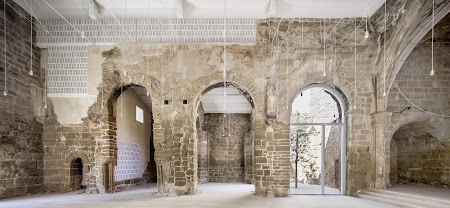Preserving Heritage in Suburban Development
When I encounter a historical site, my thoughts naturally drift to its impact on the environment, safety concerns, and the upkeep required. But, as I casually walk around the fascinating area of this old place, its importance goes beyond the practical stuff. It turns into a strong reminder of how the site stayed strong through historical challenges. Beyond its pretty appearance, it's like a living proof of the ups and downs that shaped its story over time. This historical site isn't just a regular place, it's a strong symbol of the past. It gives people a chance to learn and feel connected to the heritage it holds for those lucky enough to visit and discover its interesting history.
Preserving heritage has significant advantages, like boosting cultural identity, supporting the economy, and being good for the environment. The unity in the community and the attraction of tourists due to cultural heritage help local businesses and create job opportunities. However, challenges such as development limits and maintenance costs need recognition. Finding a balance between using heritage's positives and dealing with practical challenges is crucial for sustainable and inclusive growth. This means creating plans that keep cultural uniqueness while allowing development that meets changing needs. Thinking carefully about the favorable and unfavorable aspects of heritage preservation is vital for making a well-rounded approach to suburban development that ensures economic success, environmental care, and social inclusiveness.
Like what Andrew P. Borgese's perspective, historic preservation offers a range of benefits. Fundamentally, it plays a crucial role in preserving and highlighting civic beauty, instilling a sense of pride, and cultivating an understanding of both local and national history and heritage.
Fulgar supports the idea of suburban areas naturally becoming urban spaces over time, which is good for the environment and community. Gradual urbanization lets neighborhoods adapt on their own terms, respecting their unique character and the needs of the people. On the other hand, brash gentrification, led by developers only focused on profit, can cause problems. It might push out current residents, erase the local feel, and create economic inequalities. So, the choice is between letting neighborhoods evolve slowly or risking negative impacts with quick, profit-driven changes.
For me, I advocate for the preservation of historical sites and cultural heritage, emphasizing their enduring significance. Preserving heritage brings valuable benefits, supporting local culture and economies. However, it's crucial to acknowledge challenges like development limits and costs. Striking a balance between preserving heritage and practical growth is essential. As Fulgar suggests, allowing suburbs to naturally evolve into urban areas is favorable, prioritizing environmental sustainability and community well-being. Nevertheless, we must be cautious about potential negative impacts, especially with quick, profit-driven changes like brash gentrification. The crucial approach is to encourage a slow and community-oriented development, safeguarding cultural heritage while remaining attentive to possible drawbacks.



Comments
Post a Comment